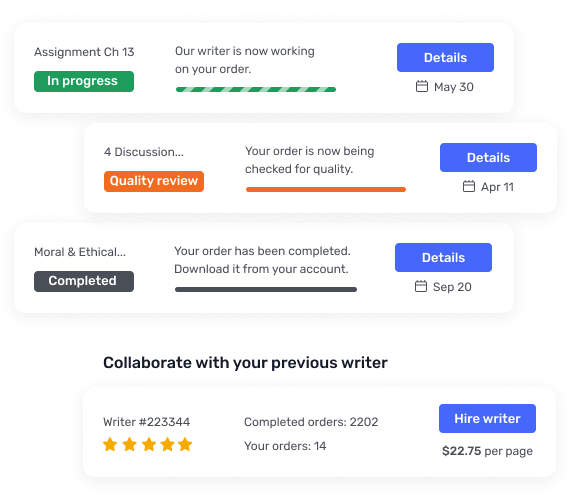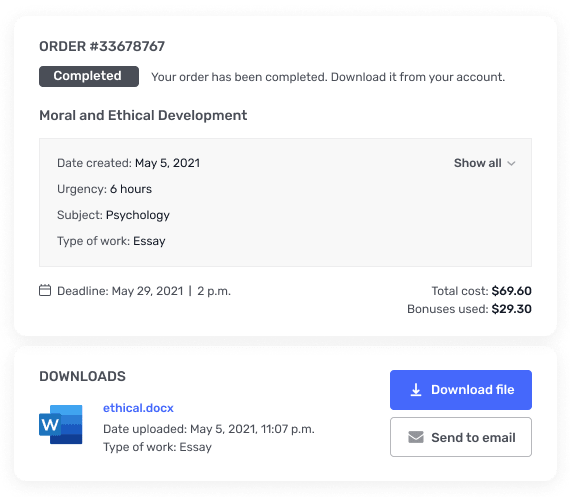Kristn’s Cookie Company – Problem 1&2
Kristn’s Cookie CompanyProblem #1Consider the Kristen’s Cookie case and suppose that the sequence of tasks is the same, but the duration of some of the tasks changes to the following: Mixing 5 minutes of labor time for 1 dozen cookies; 6 minutes of labor time for 2 dozen of the same type of cookies; 7 minutes of labor time for 3 dozen of the same type of cookies; Spooning 2 minutes of labor time per dozen cookies; Baking 15 minutes of oven time per dozen cookies(1 minute of labor time to load the oven, 14 minutes of baking); Cooling 4 minutes per dozen cookies; Packing 2 minutes of labor time per dozen cookies; Payment 2 minutes of labor time per order.As in the case, you will mix and spoon; your roommate will set up and load the oven, pack, and accept payment. Furthermore, assume that three identical ovens are available for your use.(1) Consider a particular day when each customer order is for one dozen cookies.Draw a process flow diagram showing the time of each task. (10 points)Identify the bottleneck and determine the steady-state system capacity (in dozens per hour). (10 points)What is the steady-state utilization of the ovens (in percentage)? (5 points)What will be the steady-state system capacity (in dozens per hour) if your roommate is not available and one of the three ovens breaks down? (5 points)(2) Suppose that each customer order is for two-dozen cookies of the same type.What would be the bottleneck and the steady-state system capacity (in dozens per hour)? (10 points)What is the cycle time (in minutes) for the system? (5 points)Create a Gantt chart and determine the throughput time (in minutes). (5 points)(3) Suppose that each customer order is for three-dozen cookies of the same type.What would be the bottleneck and the steady-state system capacity (in dozens per hour)? (10 points)Create a Gantt chart and determine the throughput time (in minutes). (5 points)What is the steady-state utilization of you (in percentage)? Of your roommate? (10 points)What will be the steady-state system capacity (in dozens per hour) if you don’t work and your roommate is the only available labor? (5 points)Problem #2Pacific, Plumber and Placid Investment Company processes thousands of stock transactions each day at its headquarters in Peoria, Illinois. Each transaction passes through four steps and must be processed in order. The steps are the same for all transactions except for step 3. In 50% of the cases, transactions are processed only by an over-the counter (OTC) clerk, while the other 50% are processed only in the “normal” manner.StepWorkstation Capacity(transactions/hour)Number of Workstationsper Step110,000126,000234,00013 OTC4,000143,0003Draw a process flow diagram for this system. (5 points)Which step number is the bottleneck? What is the system capacity? (5 points)Suppose that there is a buffer before the bottleneck and that the system continues to accept new transactions at a rate of 10,000 transactions/hour, for 8 hours a day. How many extra hours must the bottleneck run to finish the day’s work? (Draw an inventory build up diagram for the buffer before the bottleneck.) (5 points)If the OTC requirement shifts to 75% of the transactions, how could PP&P add workstation(s) to increase the system capacity to 15,000 transactions per hour? (5 points)




